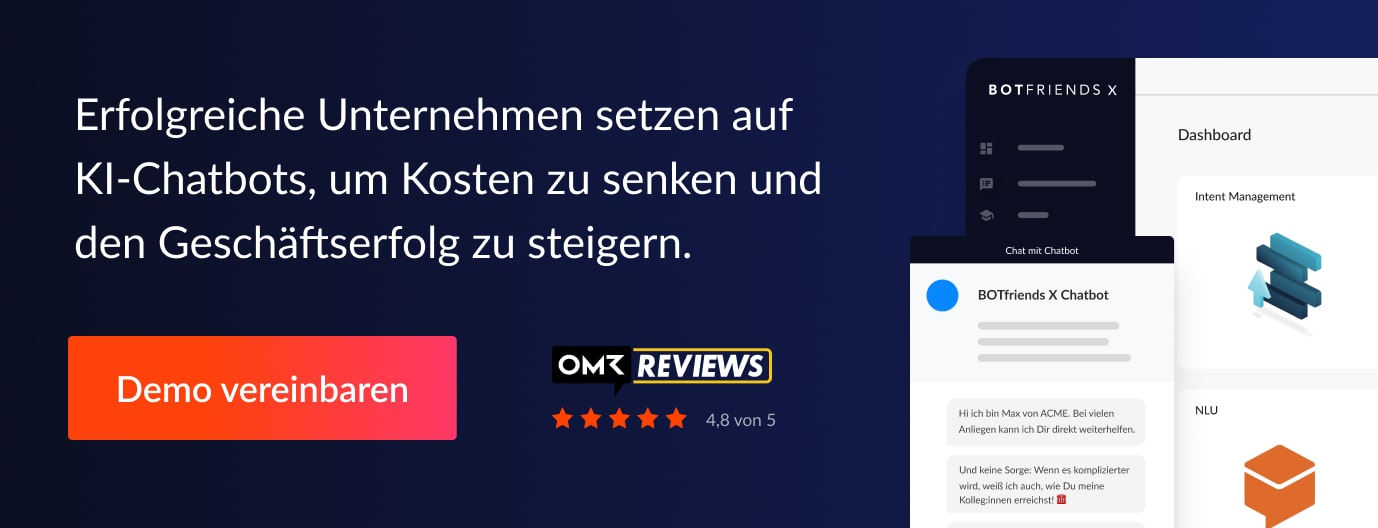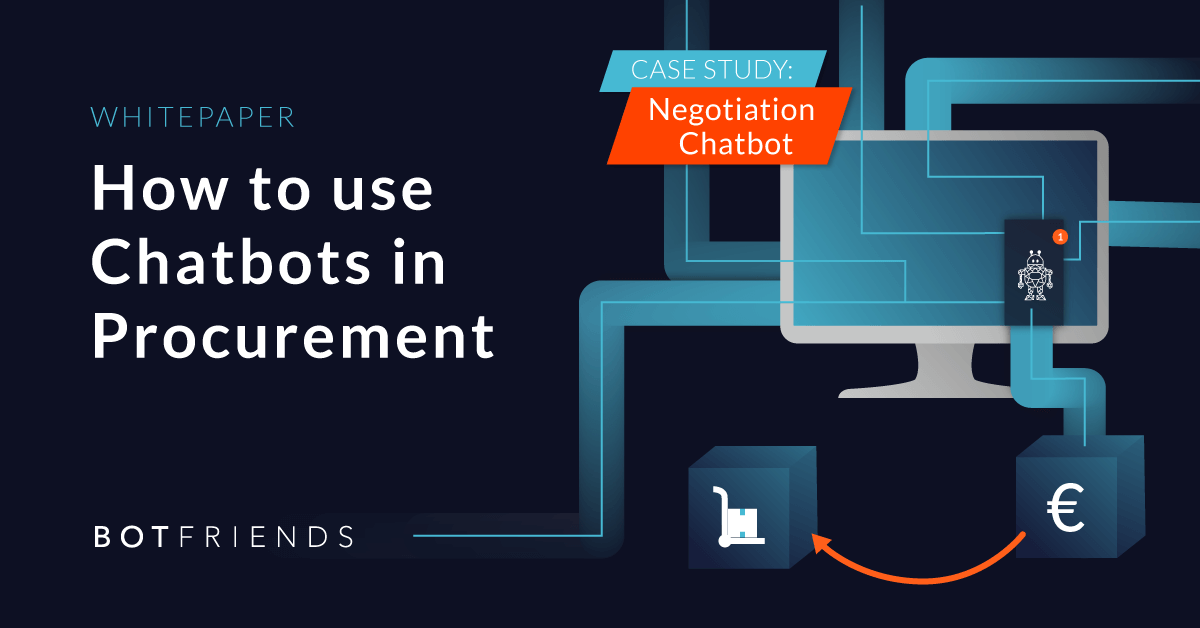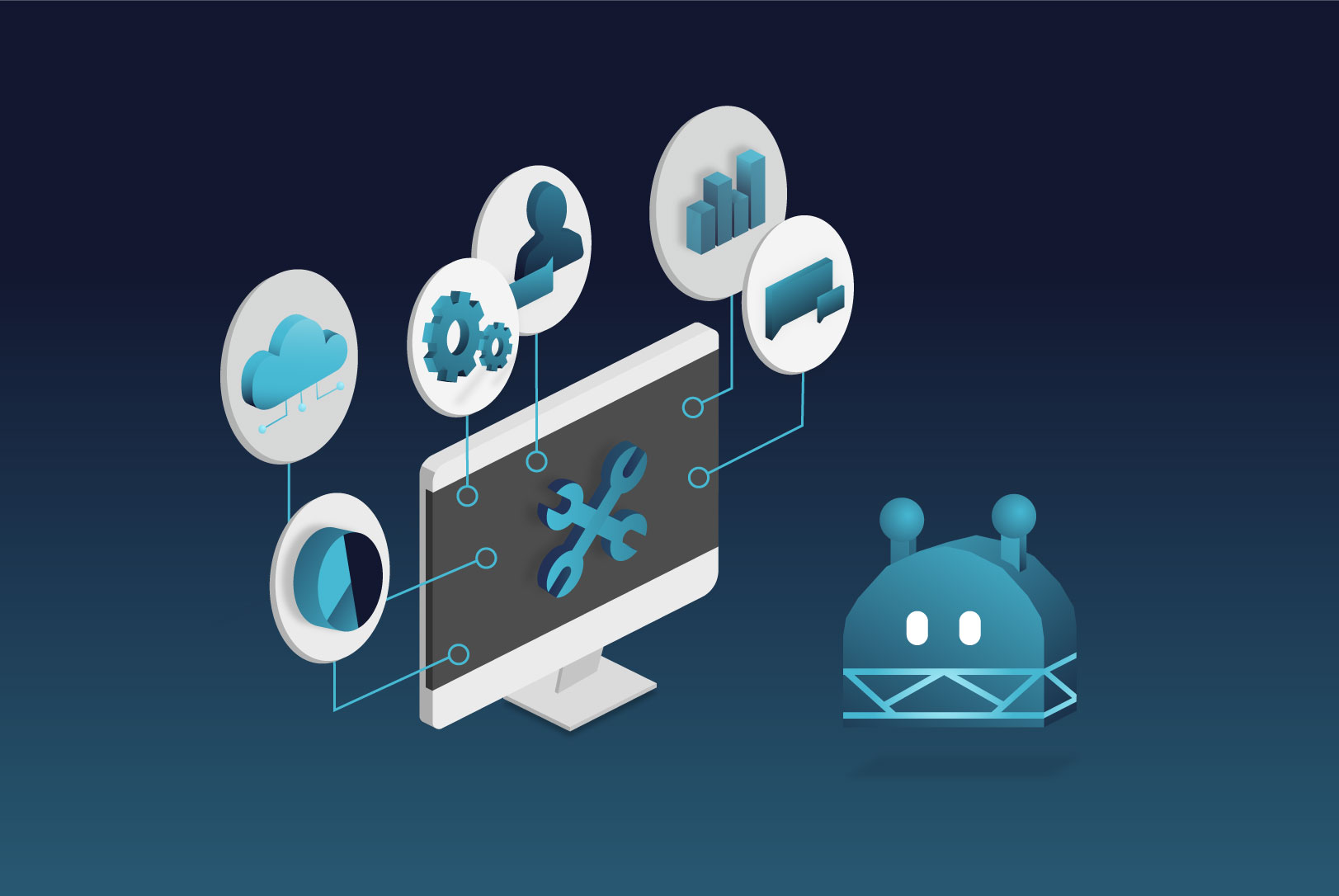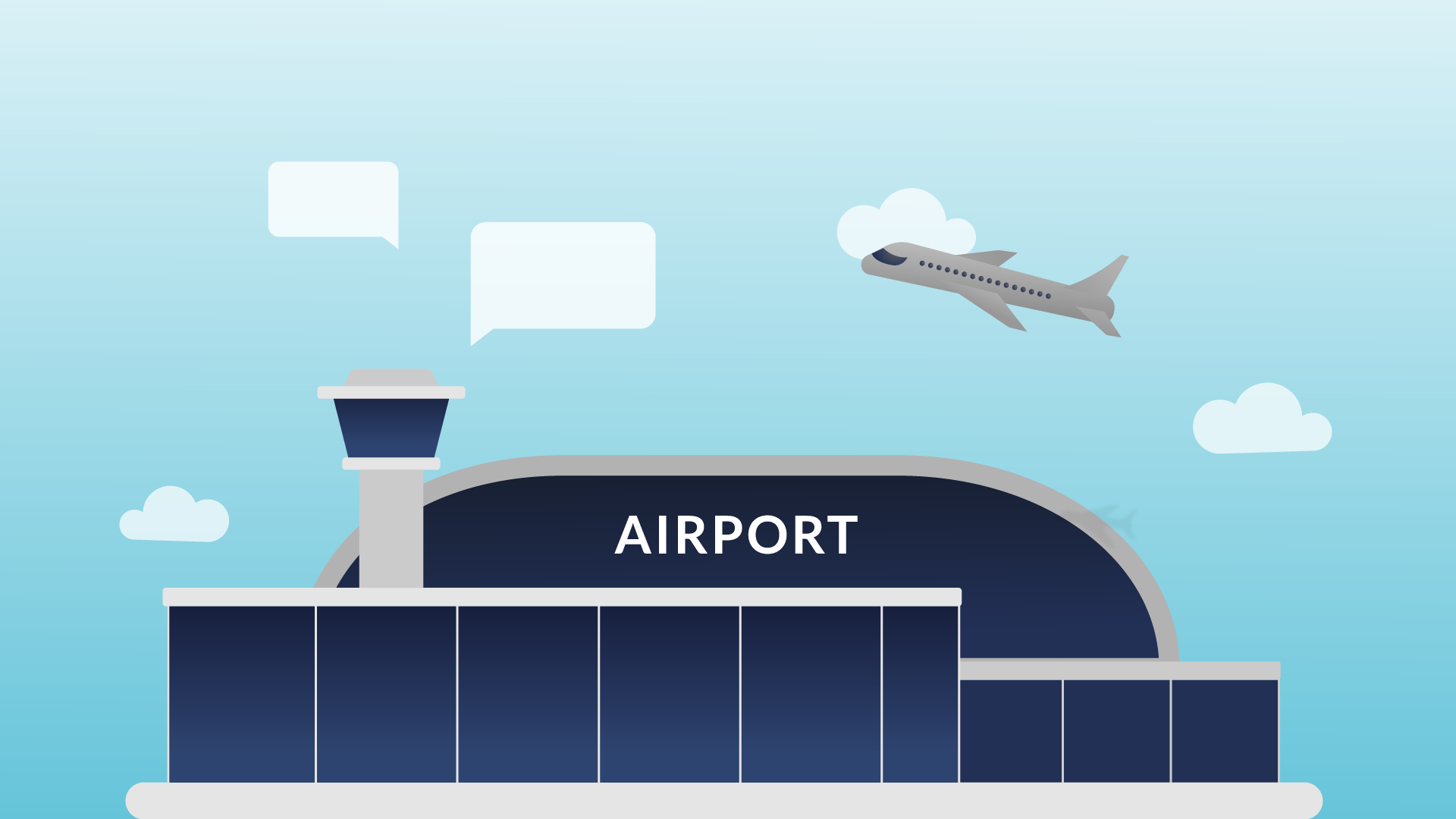The last few years have been characterised not only by rising prices, but also very volatile fluctuations. As a result of this development, suppliers are often reluctant to accept fixed price guarantees. Instead, daily prices and spot market prices are increasingly used as a pricing model:
According to Inverto's commodity study, the proportion of companies that had to adopt daily prices as their pricing model when working with their suppliers increased by 17%.
In contrast, the share of companies that could negotiate longer-term price agreements fell by 15%.
"Daily prices & spot market prices have gained the most over other pricing models, with 41 percent of companies predominantly using daily prices when working with supplier:s." (INVERTO Commodity Study 2021)
For buyers, this means that they have to contact suppliers more frequently to obtain offers with current prices. This often involves a lot of effort and work.
How can purchasing be facilitated in obtaining prices from a large number of suppliers?
Virtual assistants can be used to minimise the time needed to obtain daily updated prices. These automatically obtain offers and prices.
What are virtual assistants?
Virtual assistants are voice or chatbots. These can be developed with with the help of machine learning and natural language to answer questions automatically. They can also guide users through processes. To do this, they ask for specific information and store it in the company's own systems.
But how does the process of obtaining offers via virtual assistants work? And what requirements must be met for the use of virtual assistants? These questions are answered in the following example:
Mrs. Martens works at Bayerische Eisen GmbH in the purchasing department. She needs 500 DMTU of iron ore. Since she spends a lot of time negotiating framework agreements, she doesn't have time to call the suppliers individually or to write them an e-mail. Therefore, she assigns the virtual assistant Bob to collect the offers.
How does the virtual assistant know what information needs to be obtained for the offer?
In the first step, she tells Bob to get a quote for a specific product.
The virtual assistant can independently identify the product group to which the product belongs. For the individual categories and products, the purchasing department can define fixed criteria for obtaining an offer.
In this way, Bob can independently ask Ms Martens for all the information he needs to obtain a quotation. Mrs Martens, on the other hand, cannot forget any information.
How does the virtual assistant select the suppliers?
In the second step, Ms Marten informs Bob of the criteria he should use to select suppliers for contact. For this, Bob can use all the information that is stored in the system for the suppliers.
These can be entered by the suppliers themselves during Onboarding. This way, the virtual assistant can use the addresses to select suppliers from a specific country, for instance.
However, it is also possible to use evaluations as a selection criterion. The prerequisite for this is that this information is available in digital form.
For example, during the incoming goods inspection, it can be documented directly via the virtual assistant whether a delivery arrives on time or late. Or whether a delivery is incomplete. Of course, the quality of the products can also be evaluated.
On the basis of this data, the purchasing staff can then specify requirements for the selection of suppliers. How well the virtual assistant then selects the right suppliers depends, of course, on the completeness and timeliness of the data.
How does the virtual assistant contact the suppliers?
Now that Bob knows what to ask for and which suppliers to choose, the third step is to contact them. now comes the third step: contacting the suppliers.
For this purpose, he sends the supplier an e-mail with a link. This leads to a chat where they can submit their offer.
Virtual assistants can be integrated on websites, portals, apps but also in messenger channels such as WhatsApp. The conversation can take place in any of these channels.
However, it is also possible for the virtual assistant to contact the supplier directly via a messenger channel such as WhatsApp.
In the conversation, Bob first informs about the individual details such as the order quantity and the delivery date. Then he asks whether the supplier can deliver the desired products within the specified period. If this is the case, he asks for a price for the offer.
The virtual assistant repeats this process until the desired number of offers is available.
How does the purchasing department get the daily updated prices?

Every time the supplier answers one of Bob's questions, this information is stored directly in the system.
Once Bob has obtained enough quotes, he can provide them to Ms. Martens via email or she can call up the results herself in the purchasing system.
What are the advantages of the automated request for quotations ?
The biggest advantage is obvious: The employees save an immense amount of time.
By no longer having to contact the suppliers personally, they can take care of more complex tasks.
In addition, the information provided by the suppliers no longer has to be transferred manually from an e-mail or from the notes of a telephone call into the system so that it is available in digital form. This saves the employees another work step and the information is also directly accessible for other team members.
Further use cases and more information on virtual assistants can be found in our white paper "Smart chatbots in purchasing".




